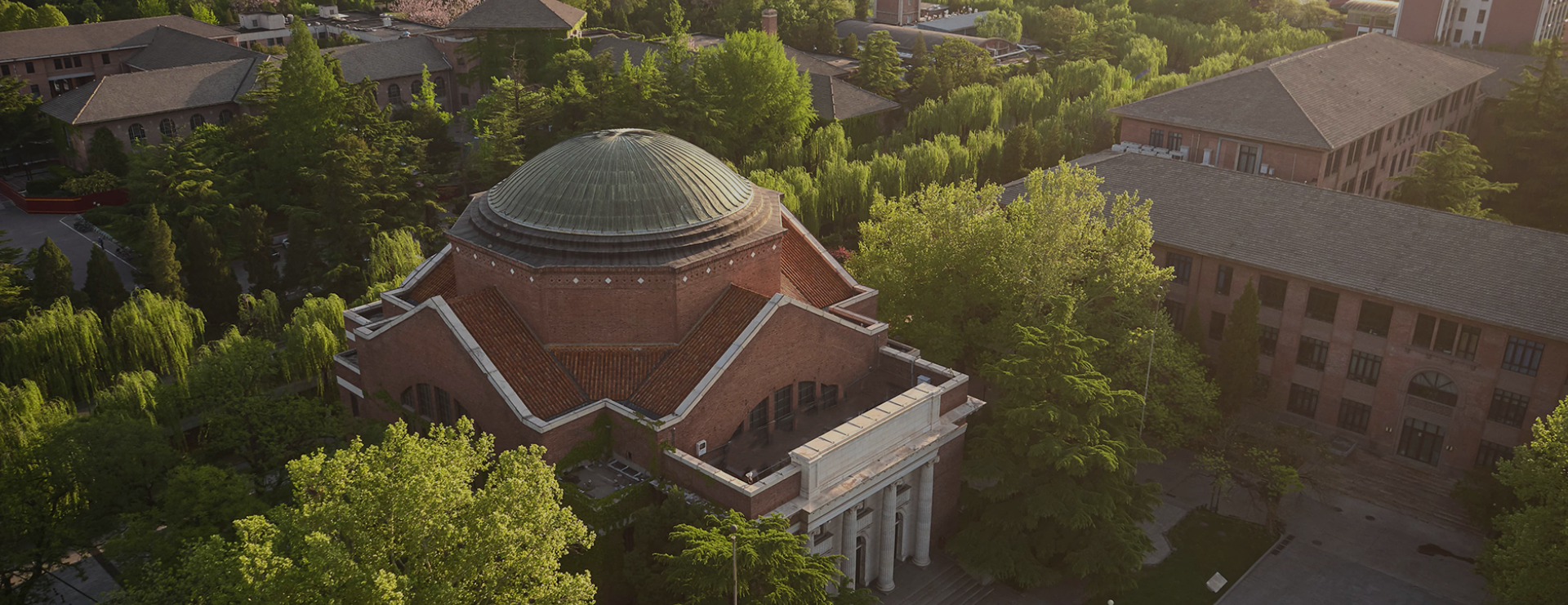An international team led by a Chinese astronomer announced it has identified two new examples of rare binary star systems comprising two central stars orbiting each other in the universe.
The two systems, designated Bernhard-1 and Bernhard-2, are each surrounded by an unusual disk of gas and dust that lies at an angle to the orbits of the central stars, according to Zhu Wei, assistant professor of astronomy department in Tsinghua University, who leads the international team.
The surrounding dense gas, or protoplanetary disk, usually lies in the same orbital plane as the stars, just as most of the planets and moons in the solar system have the same orbital plane.
The newly discovered binary star systems are of a rare type, in which a circumstellar disk lies at an angle to the plane of the orbiting stars, said Zhu, adding that the disk wobbles like a spinning top because of the tilt.
Zhu explained that when a disk wobbles, it moves between Earth and the binary stars over a period of several decades, causing the brightness of the binary stars to vary regularly.
As seen from Earth, the systems dim as one of their binary stars moves behind the protoplanetary disk. When it can be observed again, the system's brightness returns to normal.
The dimming of Bernhard-1 lasts for 112 days every 192 days, and that of Bernhard-2 for 20 days every 62 days, according to the discovery.
J.J. Zanazzi, a postdoctoral fellow in Canadian Institute for Theoretical Astrophysics, said the discovery of objects like these is important for understanding of planet formation, according to the University of Toronto.
"Planets are born from them so the existence of disks around binary stars shows it's likely we will find more planets orbiting binaries," Zanazzi added.
The discovery was published in the Astrophysical Journal Letters.

